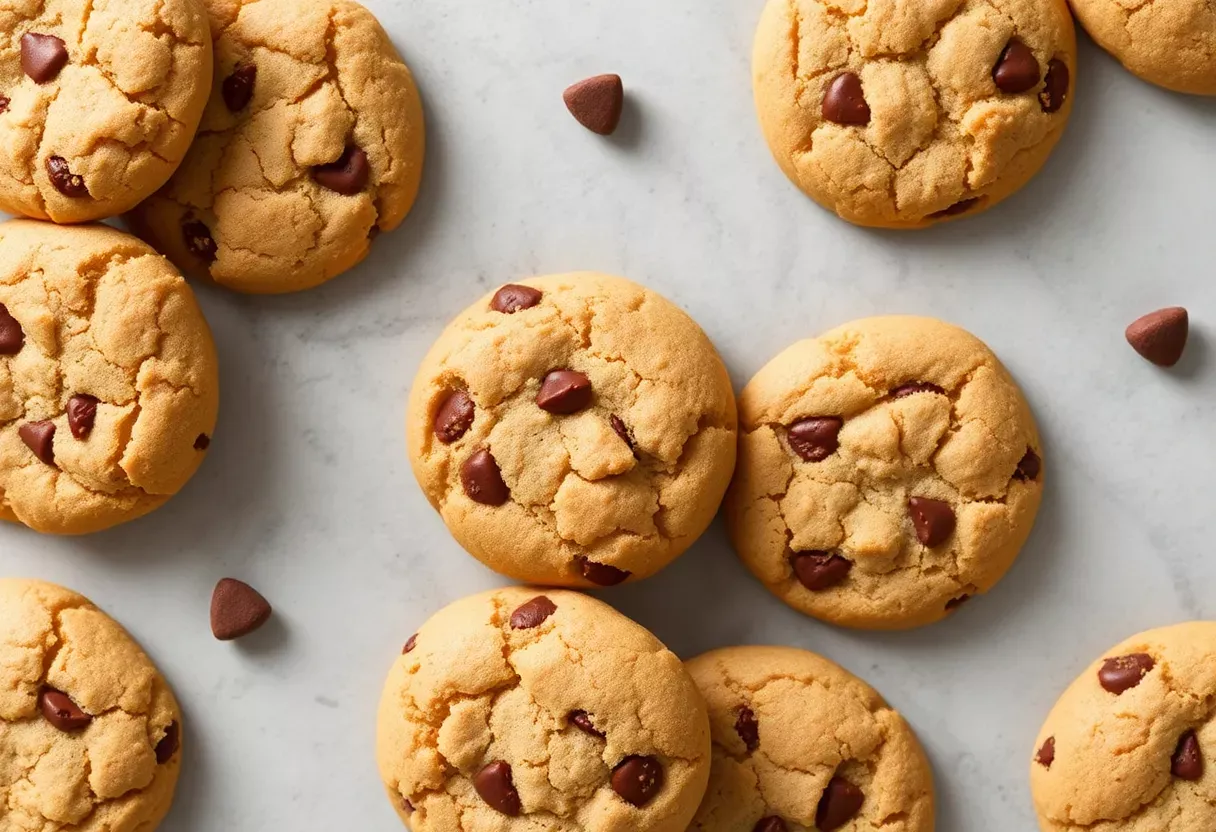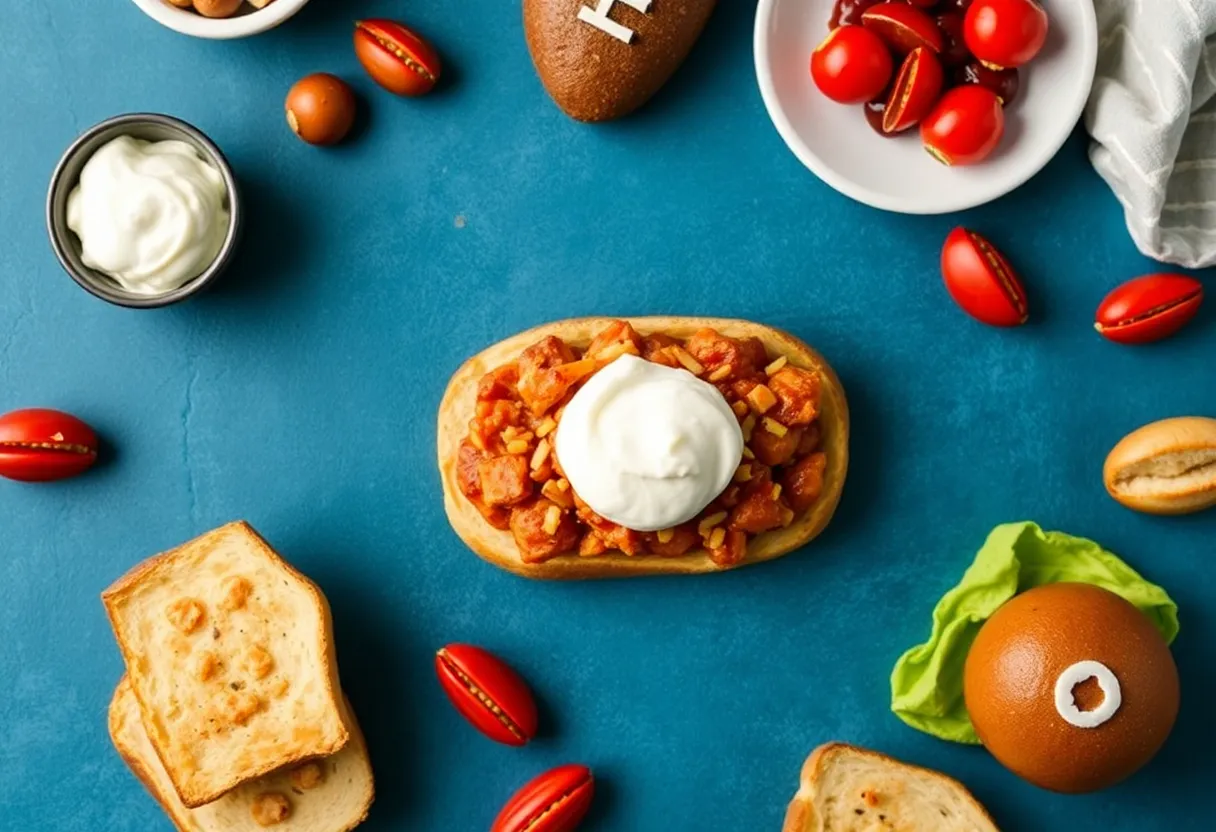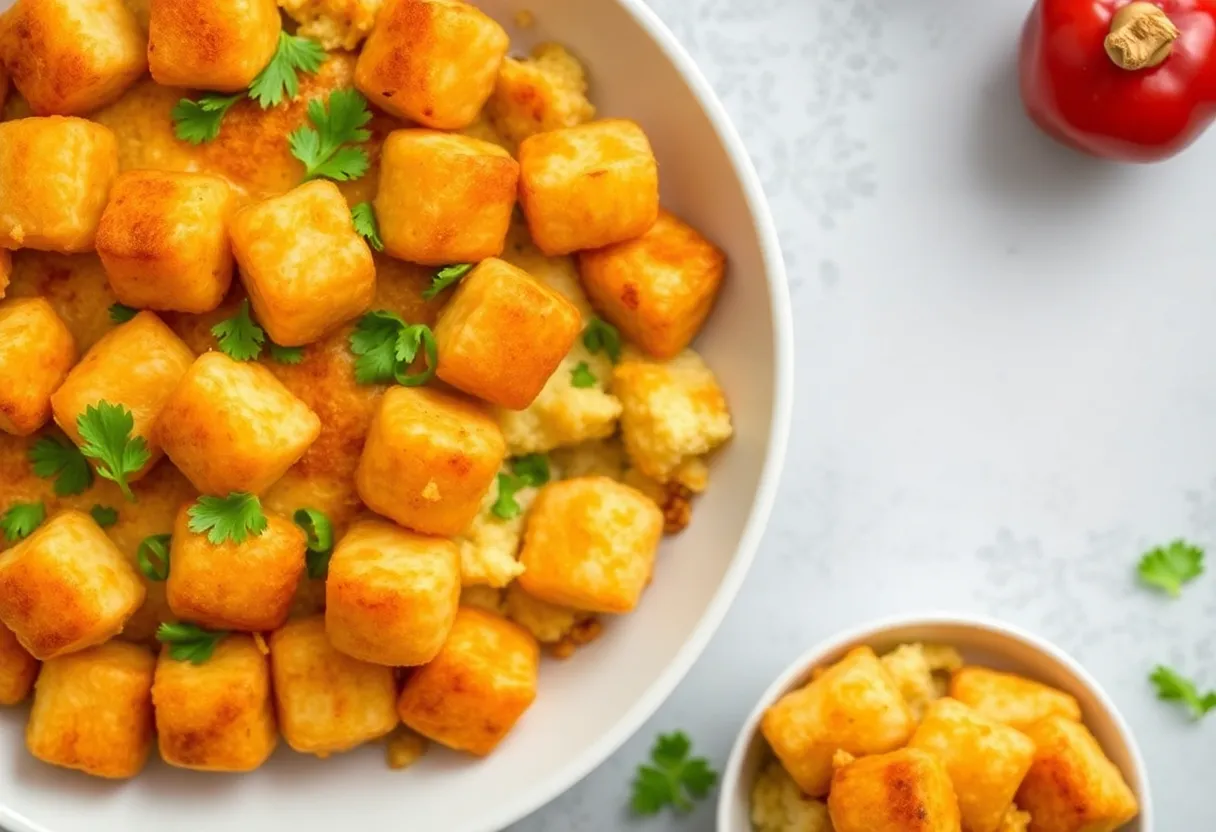Gluten-free isn’t just a trend—it’s a lifeline for millions. Whether you’re celiac, sensitive, or just curious, knowing what’s safe to eat shouldn’t feel like solving a Rubik’s cube blindfolded. Forget the vague Google searches and conflicting advice.
This list cuts through the noise like a hot knife through gluten-free butter. No fluff, no filler, just the goods. Ready to eat without fear?
Let’s go.
Why This List Slaps
This isn’t your aunt’s outdated gluten-free pamphlet from 2005. We’re talking real, practical, and delicious foods you can actually find (and afford). No weird, unpronounceable ingredients.
No “may contain traces of sadness.” Just clear, actionable info that keeps you safe and satisfied. Plus, it’s organized so even your gluten-loving friends will nod in approval.
The Ultimate Gluten-Free Food List
Here’s what you can eat without worrying about gluten crashing the party:
- Proteins: Chicken, beef, fish, eggs, tofu, legumes (lentils, chickpeas, black beans).
- Dairy: Milk, cheese (most hard cheeses), yogurt (check for additives), butter.
- Fruits & Veggies: All of them. Yes, even the weird ones like kohlrabi.
- Grains & Starches: Rice, quinoa, buckwheat, corn, gluten-free oats (certified), potatoes.
- Snacks: Popcorn, nuts (plain), dark chocolate (check labels), gluten-free pretzels.
- Pantry Staples: Olive oil, coconut oil, spices (single-ingredient), vinegar (except malt).
How to Use This List Like a Pro
- Read labels like a detective. Gluten hides in soy sauce, dressings, and even some spices.
- When in doubt, go whole. Unprocessed foods are naturally gluten-free 99% of the time.
- Cross-contamination is real. Shared fryers or toasters?
Nope. Get your own.
- Stock up on staples. Rice, potatoes, and frozen veggies save lives (and hangry meltdowns).
- Experiment with substitutes. Almond flour, coconut flour, and chickpea pasta are game-changers.
Storage Tips to Keep Things Fresh
Gluten-free foods often lack preservatives, so storage matters. Keep grains in airtight containers to avoid pests (nobody wants weevils).
Nuts and flours go in the fridge or freezer to prevent rancidity. And for the love of taste buds, don’t let gluten-free bread sit out—it turns into a brick faster than you can say “I miss real bagels.”
Why Going Gluten-Free Can Be a Win
Beyond avoiding digestive chaos, a gluten-free diet can boost energy, reduce inflammation, and even clear up skin issues for some people. Plus, it forces you to eat more whole foods—which, let’s be honest, is never a bad thing.
And no, you won’t just be eating lettuce. Unless you want to. (But why?)
Common Mistakes That’ll Ruin Your Gluten-Free Life
- Assuming “wheat-free” = gluten-free. Barley and rye are also villains here.
- Trusting restaurant claims blindly. “Gluten-free” pizza cooked in the same oven? Hard pass.
- Overdoing processed GF junk food. Just because it’s gluten-free doesn’t mean it’s healthy.
- Not checking meds or supplements. Gluten loves to sneak in where you least expect it.
Gluten-Free Swaps That Don’t Suck
Missing pasta?
Try lentil or chickpea noodles—they’re legit tasty. Craving bread? Look for brands like Canyon Bakehouse (not sponsored, just solid).
Want a beer? Glutenberg or Omission have your back. And for baking, almond flour and xanthan gum are your new best friends.
FAQs: Your Burning Questions, Answered
Is oatmeal gluten-free?
Plain oats are, but cross-contamination is common.
Buy certified gluten-free oats to be safe.
Can I eat soy sauce?
Regular soy sauce contains wheat. Swap it for tamari (the gluten-free MVP) or coconut aminos.
Are all cheeses gluten-free?
Most hard cheeses are safe, but watch out for processed cheeses with additives. Always check labels.
Is gluten-free healthier?
Not inherently.
A gluten-free cupcake is still a cupcake. Focus on whole foods for actual health benefits.
What’s the deal with “may contain” labels?
It means cross-contamination is possible. If you’re highly sensitive, avoid these like a telemarketer at dinner time.
Final Thoughts
Going gluten-free doesn’t mean giving up flavor or variety.
With this list, you’ve got a cheat sheet to eat well without the guesswork. Stay vigilant, experiment with alternatives, and remember: gluten-free eating can be delicious—not just a compromise. Now go forth and eat fearlessly. (And maybe send this to that one friend who still thinks you’re “just being difficult.”)






